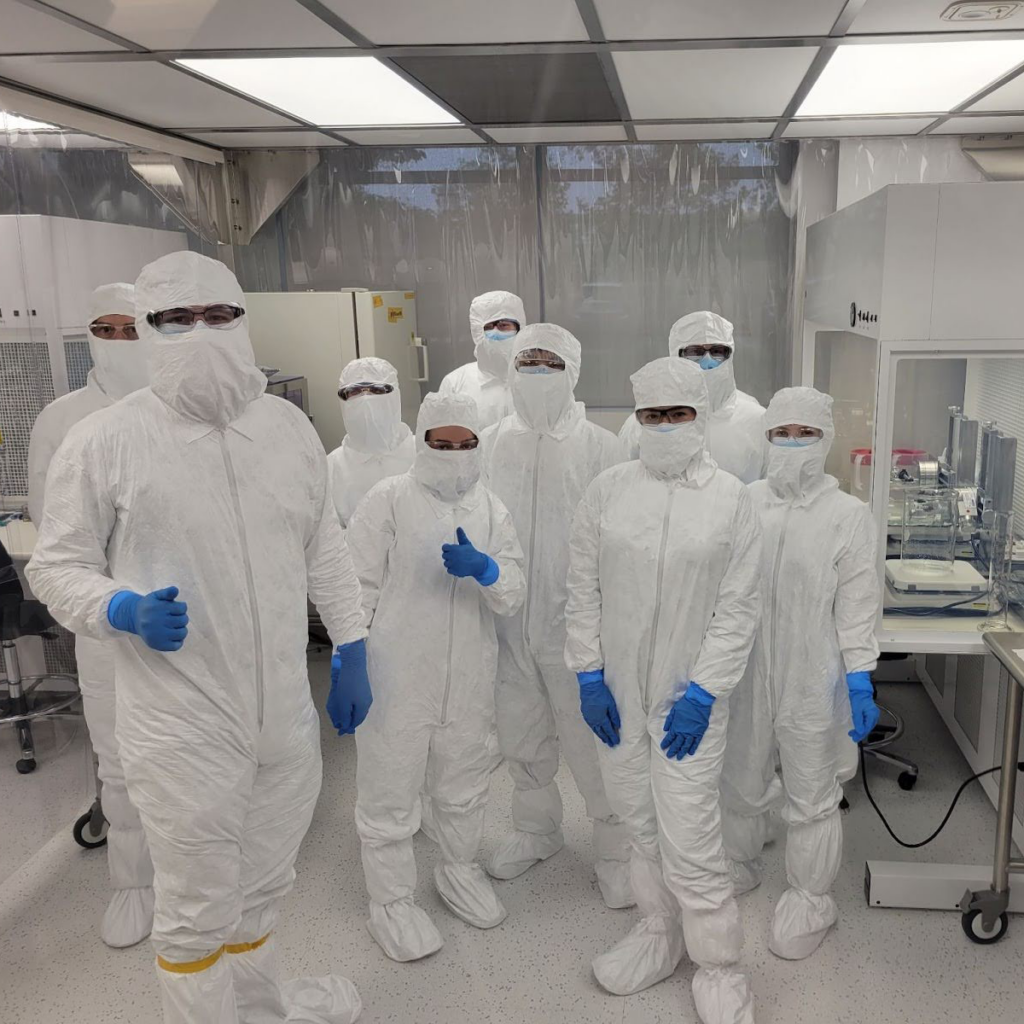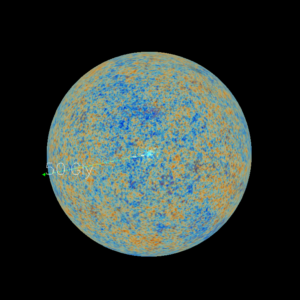
The structure of a “standard” Princeton course usually includes a mix of lectures, precepts, or seminars which likely have a midterm and final. While some of these courses may have “lab” components where you spend a couple hours once a week doing a hands-on assignment, there exist many courses at Princeton which are instead entirely focused on conducting hands-on, lab-based research with a small team that works closely with professors who provide mentorship as you work on an original research project. If you’ve ever wanted to take a class that is far different from anything else at Princeton by teaching you hands-on skills and giving the opportunity for a new project, these types of courses might be for you!
Some of these courses are year-long sequences like AST250 Space Physics Lab I and AST251 Space Physics Lab II, which I took during the 2022-2023 academic year. This was one of my favorite course experiences at Princeton and was certainly the most engaging. The skills we learned were invaluable, and as we worked closely with the professors and each other, our year-long project became an unforgettable experience.
Continue reading Research Courses at Princeton

